- Courses
 Business Management
Business Management IT Networks and ITSM
IT Networks and ITSM Data Management
Data Management Software Development
Software Development Digital Transformation
Digital Transformation Graphic Design
Graphic Design
- Learning Paths
- Vendors






The CCNP Data Center Concentration exam Designing Cisco Data Center Infrastructure (DCID) course helps you master design and deployment options focused on Cisco® data center solutions and technologies across network, compute, virtualization, storage area networks, automation, and security.
You will learn design practices for the Cisco Unified Computing System™ (Cisco UCS®) solution based on Cisco UCS B-Series and C-Series servers, Cisco UCS Manager, and Cisco Unified Fabric.
Describing High Availability on Layer 2
Designing Layer 3 Connectivity
Designing Data Center Topologies
Designing Data Center Interconnects with Cisco OTV
Describing Locator/ID Separation Protocol
Describing VXLAN Overlay Networks
Describing Hardware and Device Virtualization
Describing Cisco FEX Options
Describing Basic Data Center Security
Describing Advanced Data Center Security
Describing Management and Orchestration
Describing Storage and RAID Options
Describing Fibre Channel Concepts
Describing Fibre Channel Topologies
Describing FCoE
Describing Storage Security
Describing SAN Management and Orchestration
Describing Cisco UCS Servers and Use Cases
Describing Fabric Interconnect Connectivity
Describing Hyperconverged and Integrated Systems
Describing Cisco UCS Manager Systemwide Parameters
Describing Cisco UCS RBAC
Describing Pools for Service Profiles
Describing Policies for Service Profiles
Describing Network-Specific Adapters and Policies
Describing Templates in Cisco UCS Manager
Designing Data Center Automation
After taking this course, you should be able to:
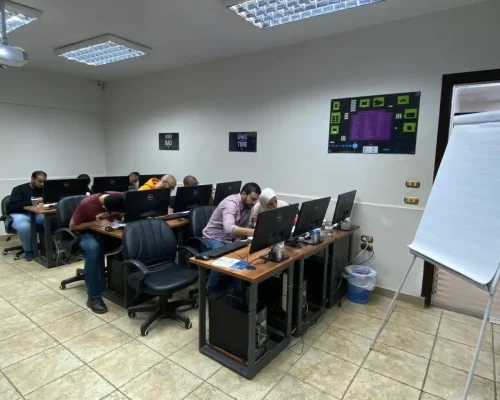

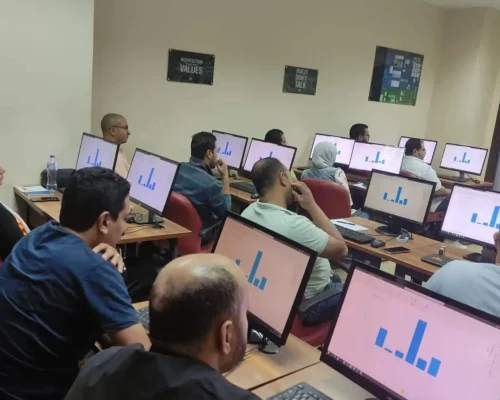

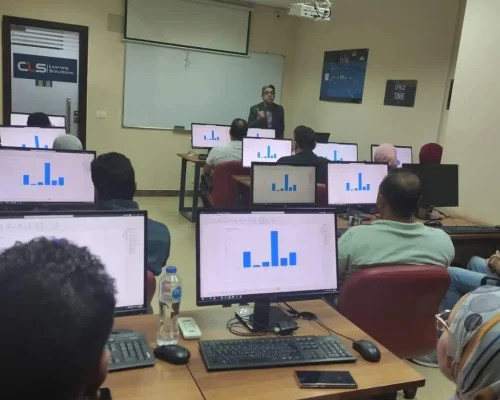
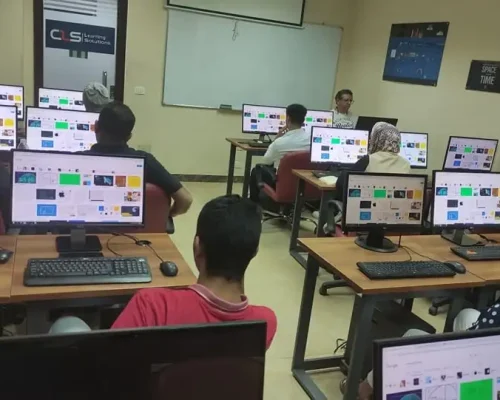
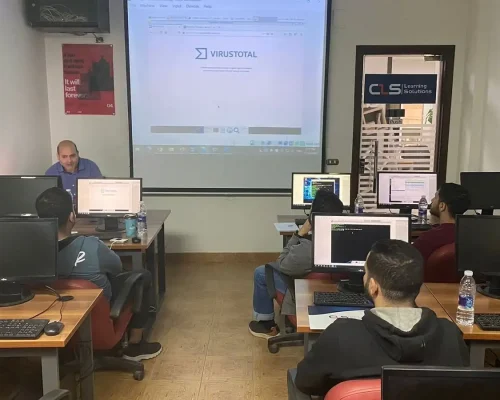
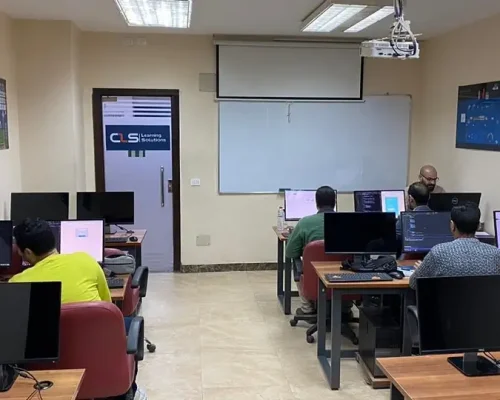
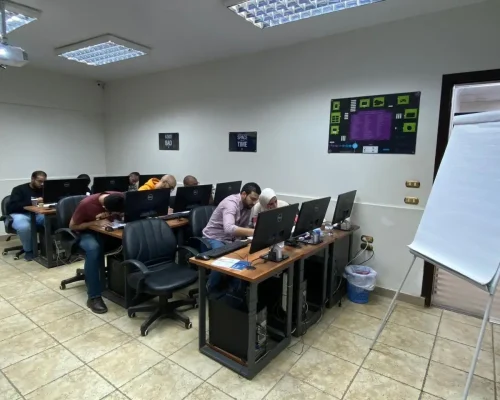
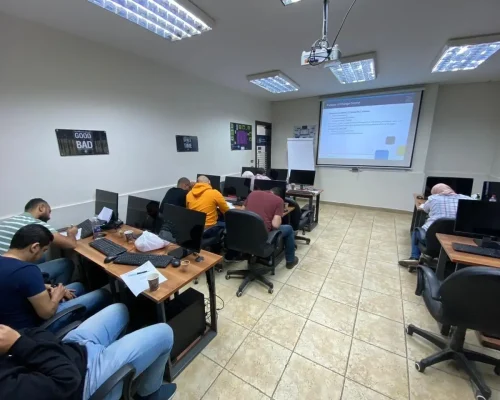
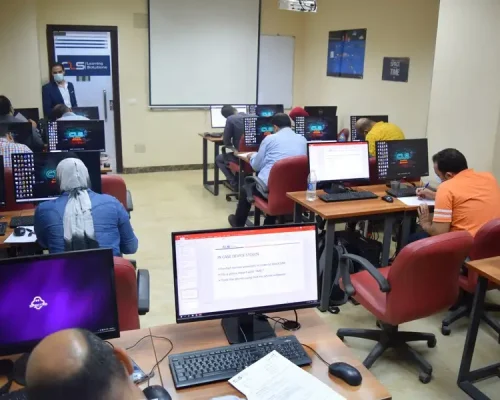
We have been in the market since 1995, and we kept accumulating experience in the training business, and providing training for more than 200,000 trainees ever since, in Egypt, and the MENA region.
CLS facilities are well-equipped with strong hardware and software technologies that aid both students and trainers lead very effective smooth training programs.
We provide our clients with the best solutions, customized to their specific needs and goals. Our team is highly qualified to answer whatever questions you have.
CLS is an authorized and accredited partner by technology leaders. This means that our training programs are of the highest quality source materials.
We keep tabs on every change in the market and the technology field, so our training programs will always be updated up to the World-class latest standards, and adapted to the global shape-shifting job market.
We select the best instructors, who are certified from trustworthy international vendors. They share their professional experience with the Trainees, so they can have a clear hands-on experience.


































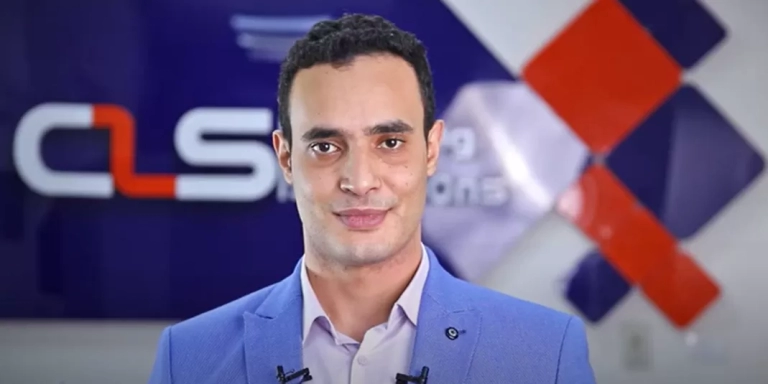
I`m attending now CEH Training with Eng Mohamed Hamdy ,CISSP Training with Eng Mohamed Gohar, I really learned a lot from him , everything here in CLS is very satisfying including facilities .
We took a series of courses as the digital Transformation Unit of the ministry . we just finished CRISC Certification Training with DR Adel Abdel Meneim . Thank you CLS for all your efforts, we really appreciate it
Me and my colleagues are working in a government Organization, We took a no. of cyber security trainings with CLS starting with CEH and CISSP. we liked every thing the instructors, the stuff and whole environment
I`m attending ASP.NET Core with MVC Training with Eng Mohamed Hesham , I really learned a lot from him , everything here in CLS is very satisfying including facilities .Thanks you all team.
Qualifying the cadres of digital transformation units in government agencies moving to the administrative capital .Thanks CLS
I`m attending ASP.NET Core with MVC Training with Eng Mohamed Hesham , I really learned a lot from him , everything here in CLS is very satisfying including facilities .Thanks you all team.
I`m attending now CRISC Training with DR Adel Abdel Meneim , I really learned a lot from him , everything here in CLS is very satisfying including facilities , locations and the team.
I`m attending ASP.NET Core with MVC Training with Eng Mohamed Hesham , I really learned a lot from him , everything here in CLS is very satisfying including facilities .Thanks you all team.

Seize the moment, Learn with CLS, The Top-Rated Training Provider in Egypt since 1995, 28 Years of Experience Training Businesses and People in Egypt and Mena region.
© 2024 - CLS Learning - Solutions | All Rights Reserved.